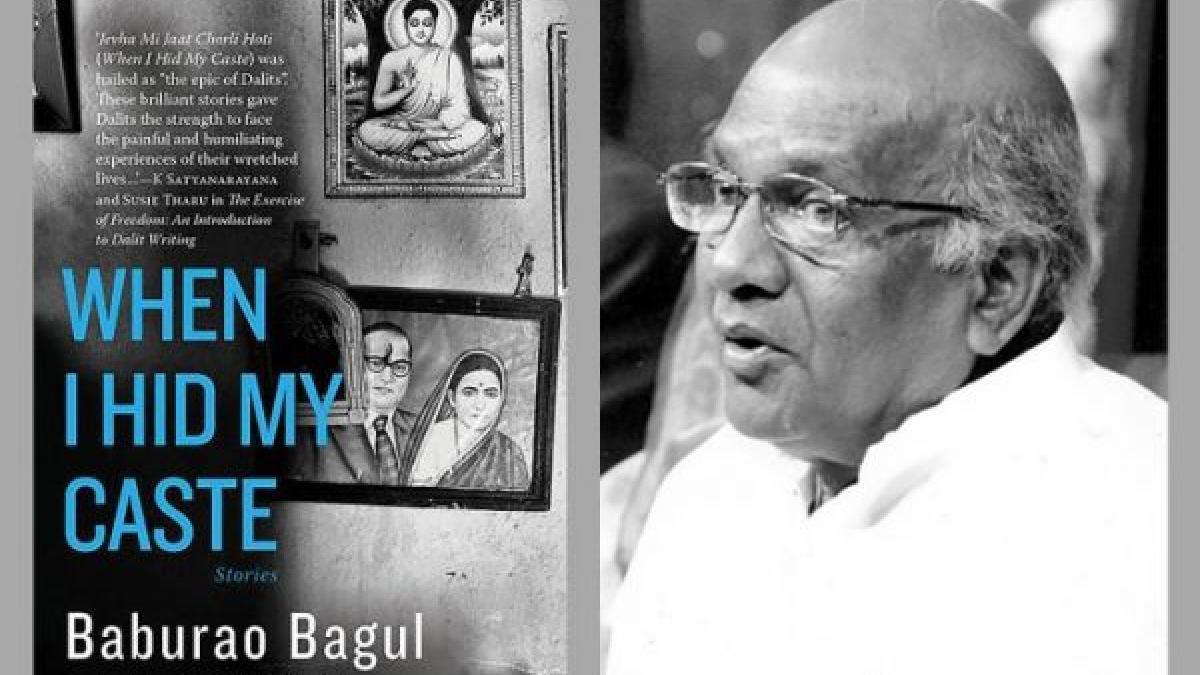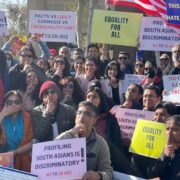What I Took Away From ‘When I Hid My Caste,’ a Classic by Dalit Writer and Activist Baburao Bagul
- As hard as it is to read at some parts, this book is must-read for those looking to read Dalit literature, and for those who want to educate themselves about caste.

“When I Hid My Caste” by Baburao Bagul, offers a poignant look at caste through a collection of short stories. These stories are thought-provoking, intense reads that leave you shaken. In this article, I’m going to reflect, through the lens of B. R. Ambedkar’s “Annihilation of Caste,” on four stories in the collection that heightened my consciousness of my own privileged upper caste background the most.
Prisoner of Darkness
The first story of the collection is about a Dalit woman, Banoo, whose husband (an upper-caste Deshmukh) has just died. Her husband’s son (from his first marriage), Devram, sets out to kill her. For the last 20 years, he and the rest of the village hated her. Now, they want to get revenge.
It’s incredibly hard to read about how the rest of the village eggs on Devram and humiliates Banoo with so much enthusiasm, and so much hatred for Banoo. I think the story clearly shows what Ambedkar talks about in “Annihilation of Caste,” — “The caste system prevents common activity and by preventing common activity it has prevented the Hindus from becoming a society with a unified life and a consciousness of its own being.” The village is filled with nothing but contempt for Banoo and her son, Daulat.
“At the doorways of their homes, people heard her screams. Not one of them felt the least sympathy. On the contrary, the more she screamed, the more vitriolic was their abuse.”
Bohada
In “Bohada,” Damu, a Mahar, demands to perform at the village festival, something that the Mahars were not allowed to do. The upper-caste people are shocked, but they cannot outright deny him the dance because the village Collector has instructed them against caste-based discrimination. Instead, they set a high price and tell him he can perform if he pays that much.
I would like to draw your attention to this paragraph: “Through it all, there in the village gateway, at the edge of the square, stood six-foot Damu, a warrior, adamantine in colour and body. He kept looking at the people in the square. On his face was the peace and restraint of a powerful man.” Beautifully written, this shows how empowered Damu is; calmly making his demand, in contrast to the chaos the rest of the village erupts into.
Revolt
In one of the most painful stories in this collection, “Revolt,” Jai’s parents are manual scavengers but he refuses to work as one as well. Jai wants to finish his education, but his father wants him to start working as a manual scavenger and support the family.
“It must be recognized that the Hindus observe caste not because they are inhuman or wrong headed. They observe caste because they are deeply religious. People are not wrong in observing caste. In my view, what is wrong is their religion, which has inculcated this notion of caste.”
Manual scavenging is, even today, a very real issue in India, with 110 deaths in 2019. Even though in 2013, the Prohibition of Employment as Manual Scavengers and Their Rehabilitation Act was implemented, from Dec 5, 2013 to Jan 31, 2020, 62,904 manual scavengers have been identified, which is considered to be an underestimate.
This intense tale not only talks about the inhumane division of labour and labourers (as Ambedkar says “caste system is not merely a division of labour. It is also a division of labourers.”); it also explores the different effects of the caste system. Shanti, Jai’s wife, lives her life sidelined and pushed away, shining a light on Dalit women’s lives.
Another effect this story shows is, desperate to escape the life of an untouchable, Jai pushes away his family. They both learn to understand each other.
The third effect is the most obvious one; the reason the conflict even arises, is because as Dalits, the family cannot afford to not have Jai working.
My favourite quote from this story is, “But no one could make sense of the flame of revolt that was burning inside Jai. There was no way for them to understand it. For their minds had been murdered long ago by Manu.” reminding me of “Annihilation of Caste” — “There is no code of laws more infamous regarding social rights than the Laws of Manu. Any instance from anywhere of social injustice must pale before it.”
When I Hid My Caste
The titular story of this book is centered around the Dalit protagonist hiding his caste from his colleagues so as not to face discrimination. Meanwhile, a fellow Dalit colleague, Kashinath, who’s caste is public knowledge, is constantly getting in trouble and getting into fights. Slightly similar to “Revolt,” the protagonist wishes to quit his job, but needs the money, so he stays.
The protagonist also becomes a hero to Ramcharan, a Brahmin worker, who wants to learn poetry from him. It’s disturbing to see Ramcharan’s immediate switch after finding out his guru’s true caste. Someone who, until that moment, worshipped him, was now mercilessly beating him up.
The story ends with a beautiful quote, Kashinath asks him, “Why did you have to take those idiots’ beating?” and our protagonist replies, “When was I beaten by them? It was Manu who thrashed me.” He refuses to go to a police station. This is another thing that is reminiscent of Annihilation of Caste — “All the same, it must be recognized that the Hindus observe caste not because they are inhuman or wrong headed. They observe caste because they are deeply religious. People are not wrong in observing caste. In my view, what is wrong is their religion, which has inculcated this notion of caste.”
Baburao Bagul is an icon in Dalit (and Marathi) literature, paving the way for future Dalit writers. These powerful stories of life on the margins will definitely move you. Bagul’s wonderful storytelling is just a delight. As hard as it is to read at some parts, this book is must-read for those looking to read Dalit literature, and for those who want to educate themselves about caste.
I’ll conclude with another quote from “Annihilation of Caste” — “You cannot build anything on the foundations of caste. You cannot build up a nation, you cannot build up a morality. Anything that you will build on the foundations of caste will crack and will never be a whole.”
Iman Mannathukkaren is a 14-year-old Canadian of Indian origin. In her free time, she likes to read, draw and listen to music.



Author shows amazing maturity for a 14 years old. The review is balanced and excites our imagination to read the book.